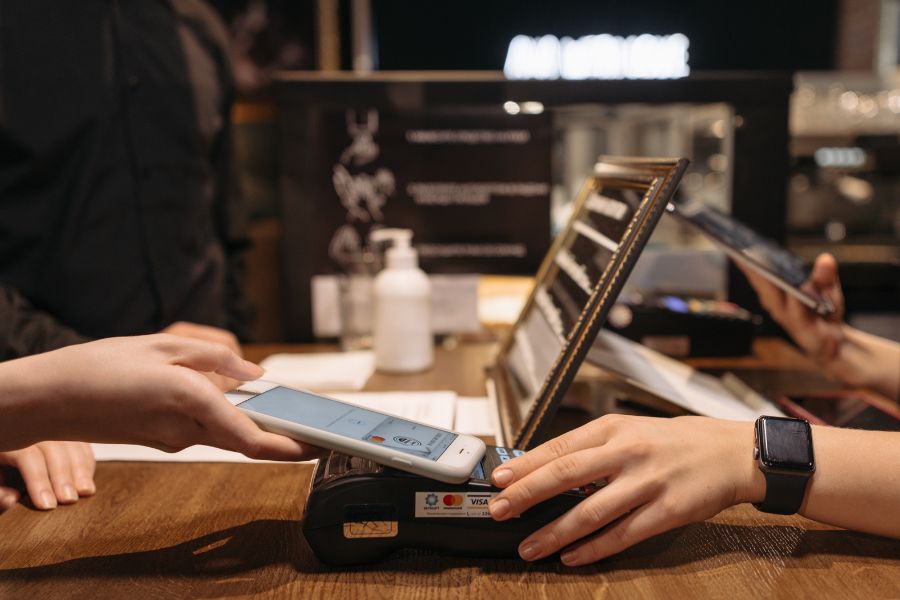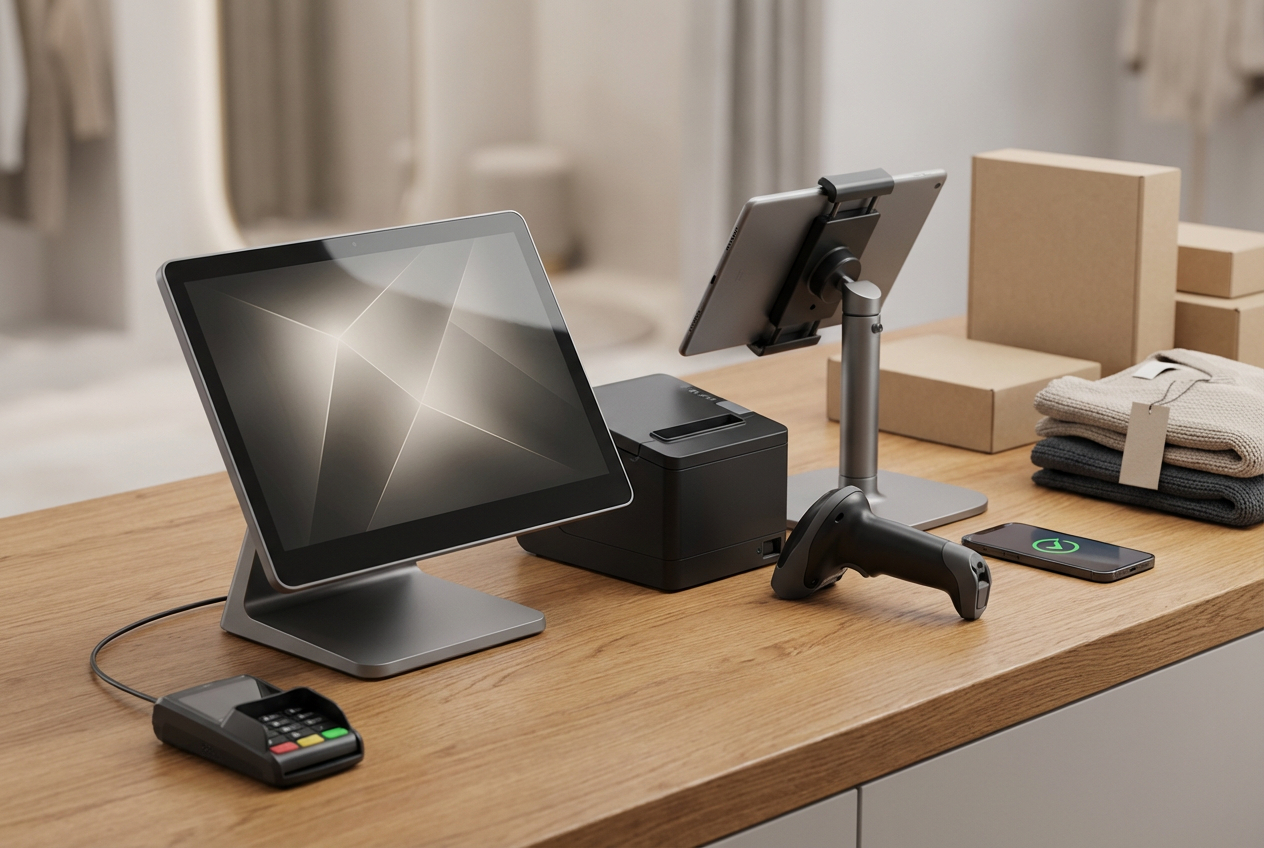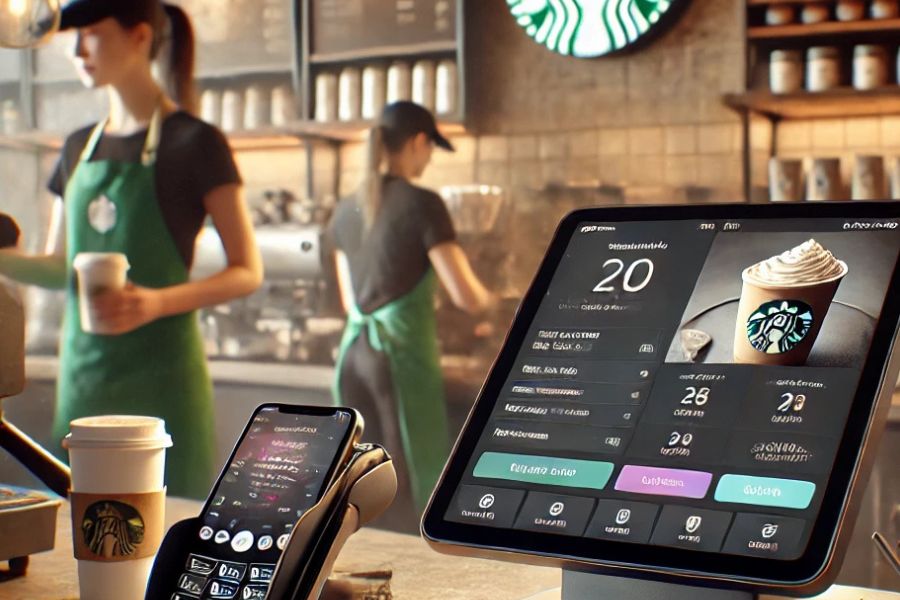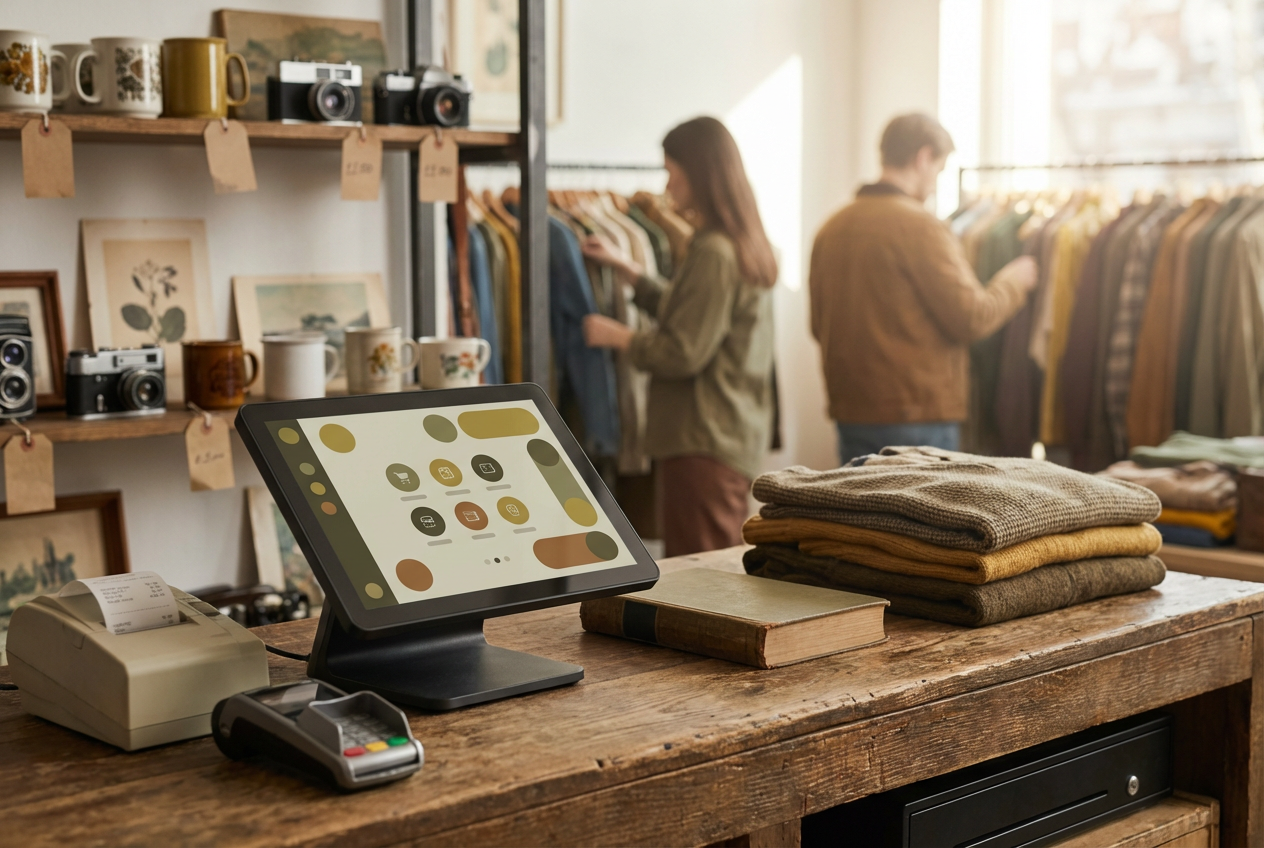Integrating your Point of Sale (POS) system with SAP can create a powerful link between front-end sales and back-end operations. It streamlines data flow, improves inventory visibility, and ensures accurate financial reporting. With real-time synchronization, businesses can make faster, data-driven decisions and provide a more consistent customer experience across channels. Keep reading this ConnectPOS blog to discover how the POS – SAP integration can transform your operations and unlock new growth opportunities. In addition, understand how connecting businesses using SAP with a robust POS can enhance their system capabilities, including transactions, stock, and customer data, more effectively in one centralized ecosystem.
Highlights
- POS SAP integration enables real-time syncing of sales, inventory, customer data, and financial records across all channels.
- Businesses can choose from API-based, middleware, or custom-built integrations to match their technical needs and operational scale
- A robust, SAP-compatible solution comes with a scalable architecture that supports omnichannel operations and smooth growth across multiple locations and regions.
Understanding the POS – SAP Integration
POS SAP integration connects your Point of Sale system with your SAP ERP, allowing key business data to move smoothly between both platforms. This setup removes data silos and improves accuracy across operations.
The types of data typically integrated include:
- Sales transactions: Every sale made at the POS is automatically recorded in SAP for accurate revenue tracking.
- Inventory levels: Stock updates in real time as items are sold or restocked.
Customer data: Customer profiles, purchase history, and loyalty information are synced to support personalized service. - Financial records: Payment data, tax details, and receipts are instantly shared for clean accounting.
Product catalog and pricing: Changes in product details or pricing made in SAP are reflected immediately in the POS system.
Businesses can choose between real-time syncing, where data updates instantly, and batch syncing, where data is transferred at scheduled intervals. Real-time syncing helps ensure immediate accuracy, especially for fast-moving retail environments. Batch syncing may work for businesses with lower transaction volumes or limited system resources.
This integration will unify operations, enabling more informed decisions and smoother day-to-day management.
Benefits of POS – SAP Integration for a Business
Integrating your POS system with SAP brings several key advantages that directly impact business performance.
- Real-Time Inventory Visibility – Track stock levels accurately across all locations, including warehouses, online stores, and retail outlets. This will prevent overselling and ensure better stock allocation.
- Accurate Financial Reporting – Sales, taxes, and payment data sync instantly into SAP. This reduces manual entry, limits errors, and keeps financial records accurate and compliant with local regulations.
- Centralized Customer Data Management – Customer profiles and transaction history are unified across sales channels. This allows for better service, targeted marketing, and consistent experiences.
- Improved Operational Efficiency – Processes like returns, exchanges, and order fulfillment become faster and easier. Employees spend less time switching between systems and more time serving customers.
- Scalable Infrastructure for Growth – The integration supports multi-store and multi-region setups. As your business grows, the system scales with you, supporting new sales channels and operational complexity.
By connecting your POS with SAP, you create a solid foundation for both daily operations and long-term growth. It simplifies workflows and keeps your business aligned across departments.
What are Common Integration Methods?
With POS SAP integration, businesses can choose from several methods depending on their goals, budget, and technical resources. Each approach has its strengths and is suited for different operational setups.
API-Based Integration
This method connects the POS and SAP systems directly using REST or SOAP APIs. It allows real-time data exchange for transactions, inventory, and customer information.
API-based integration is fast, efficient, and highly customizable. It’s ideal for businesses that require up-to-date data across platforms. However, it often requires skilled developers to implement and maintain the integration.
►►► Optimal solution set for businesses: Multi store POS, Next-gen POS, Inventory Management Software (MSI), Self Service, Automation, Backorders
Middleware/Connector Solutions
Middleware tools act as a bridge between the POS and SAP, handling data transformation and communication without the need for heavy custom coding. These connectors are often provided by third-party vendors and come pre-configured to support common integration needs. They reduce setup time and lower the risk of compatibility issues.
Middleware is a great choice for businesses that want a reliable and scalable solution with less technical involvement.
Custom-Built Integration
Some businesses opt for fully custom integrations designed specifically for their workflows, business rules, and system requirements. This approach offers maximum flexibility and control. It’s suitable for companies with complex operations that can’t be fully supported by off-the-shelf connectors or APIs alone.
Custom integrations require more time and development effort, but they offer a tailored solution that fits unique business demands.
Choosing the right integration method depends on your business size, resources, and the complexity of your operations. Whether using APIs, middleware, or custom development, the goal is to ensure smooth data flow between the POS and SAP systems. ConnectPOS supports flexible integration options, making it easier to connect with your SAP environment seamlessly.
Challenges to Consider in POS – SAP Integration
While POS – SAP integration offers many benefits, businesses should be aware of key challenges that may arise during the process.
1. Compatibility Issues
Not all POS systems are natively compatible with every SAP version or module. For instance, SAP S/4HANA and SAP Business One have different integration requirements.
It’s essential to ensure your POS solution, like ConnectPOS, supports the specific SAP product your business uses.
2. Data Mapping and Configuration
Aligning data fields between systems can be complex. Sales data, inventory details, customer records, and pricing structures need to match SAP’s format and business logic. Without proper mapping and configuration, data inconsistencies or errors can occur, affecting operations and reporting accuracy.
3. Implementation Time and Cost
Integrating two large systems can be time-consuming and costly, especially if custom development or middleware is needed. Budget overruns and project delays are possible if the integration scope isn’t clearly defined from the start. Businesses should plan for a structured rollout with adequate testing phases.
4. Training and Change Management
Employees may need training to adapt to new processes and tools. Resistance to change or a lack of understanding can lead to operational issues. Proper onboarding, clear documentation, and ongoing support are crucial for a smooth transition.
Addressing these challenges early helps reduce risks and ensures a more effective integration. By choosing a flexible, experienced partner like ConnectPOS, your business can simplify the process and offer ongoing guidance to maximize the value of its SAP investment.
Connecting ConnectPOS with your SAP Solution
ConnectPOS offers seamless integration with SAP systems, allowing retailers to connect their sales channels with backend operations for better efficiency and control. This POS SAP integration ensures that essential business data is synchronized accurately and in real time.
Key capabilities include:
- Real-time data sync: The software can update sales transactions, inventory levels, customer details, and product information instantly across all channels.
- Omnichannel support: Keeps data consistent across physical stores, online shops, and marketplaces, reducing stock discrepancies and order delays.
- Industry focus: Designed to meet the needs of fashion, electronics, and lifestyle retail chains, with features tailored for high SKU volumes, size/color variants, and dynamic pricing.
- Flexible integration options: Offers API-based connections and partner-supported connectors for smooth communication with SAP systems.
ConnectPOS adapts to different business models and scales with growth, making it a reliable choice for multi-location and multi-region operations. The integration helps unify customer experiences and centralize data management to create a solid foundation for smarter retail operations.
By connecting ConnectPOS with your SAP solution, you can streamline workflows, eliminate manual processes, and gain full visibility across your retail ecosystem.
To Sum Up
POS – SAP integration is a strategic move that connects your retail front end with powerful backend operations. It enables real-time data flow, improves inventory accuracy, enhances customer service, and supports scalable business growth. By aligning sales, inventory, financials, and customer data in one system, businesses gain the visibility and efficiency needed to stay competitive.
Whether you’re a growing retail chain or an established enterprise, integrating your POS with SAP can unlock new levels of control and performance. With flexible integration methods and industry-specific features, ConnectPOS is ready to help you make this transformation seamless.
Ready to take the next step? Contact ConnectPOS today to explore how our integration with SAP can streamline your operations and support your business goals.
FAQs: POS – SAP Integration
- Does POS–SAP integration support multi-location inventory management?
Yes. POS SAP integration enables centralized tracking of inventory across multiple stores, warehouses, and sales channels. This helps maintain accurate stock levels and improves order fulfillment efficiency.
- How long does it take to implement such integration?
Implementation time depends on the complexity of your systems and the integration method. It can range from a few weeks for standard connectors to several months for custom-built solutions.
- Will integration affect current POS operations during rollout?
Minimal disruption is expected with proper planning. Most providers, including ConnectPOS, support phased rollouts and testing environments to ensure business continuity.
- Can I customize which data fields sync between the systems?
Yes. With flexible integration options like API or middleware, businesses can define which specific data fields, such as product attributes, customer details, or transaction types, are synced between POS and SAP systems.
►►► Optimal solution set for businesses: Shopify POS, Magento POS, BigCommerce POS, WooCommerce POS, NetSuite POS, E-Commerce POS



